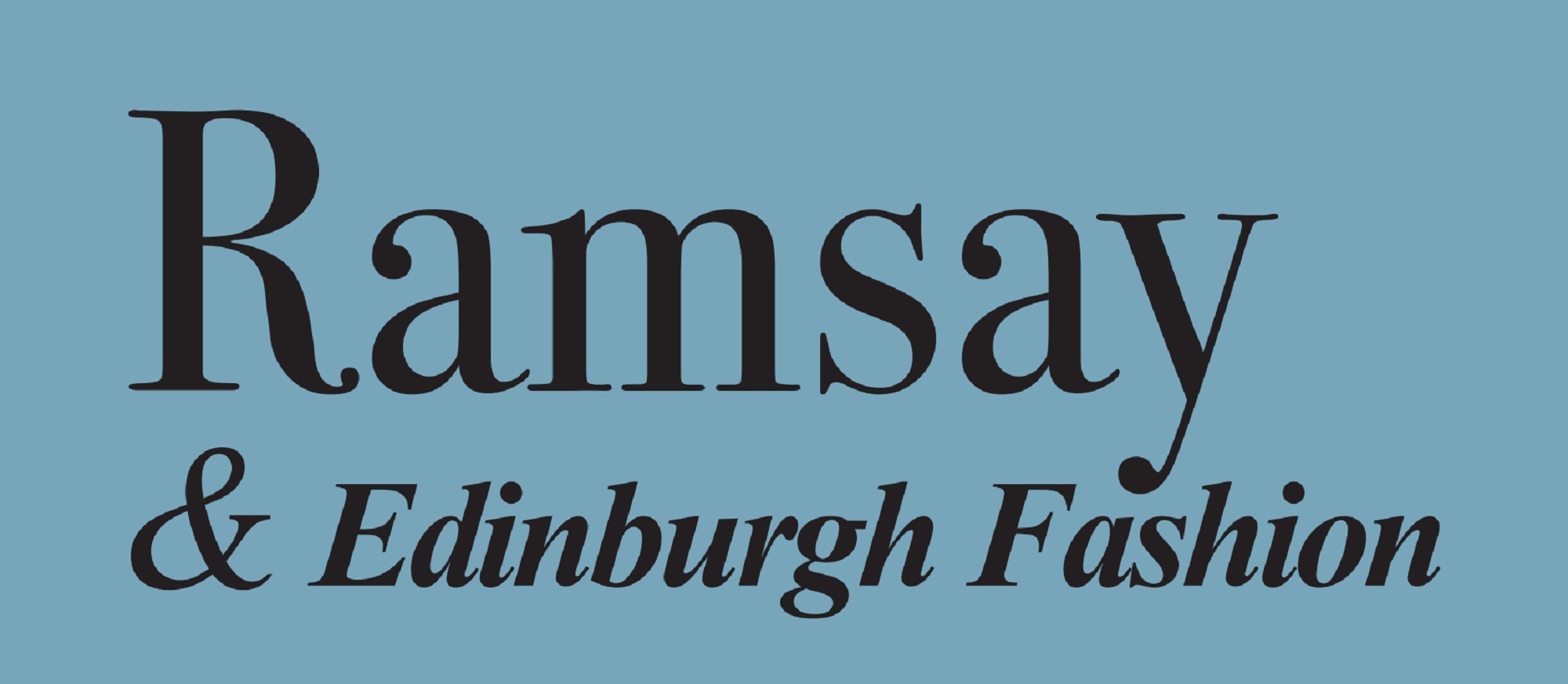Ramsay comes to Edinburgh
Ramsay (1713–84) was a new kind of artist, painting portraits of ‘real’ people in conversation with the viewer. His approach was a distinct move from the classical tradition of using Grecian ideals and clothing as prescriptions for beauty. In Ramsay’s work, contemporary hair styles and jewels blend with dress only found in courtly circles by the mid-1700s – clothing that tied sitters to a portrait tradition that extended back to the likes of Anthony Van Dyck and Peter Lely in the previous century.
This exhibition at the Georgian House shows how crucial fashion was an indicator of identity in polite society, and, therefore, how vital it was for a painter to be familiar with styles, materials and accessories that could augment their sitter’s moral stance and character.
The portraits span from 1739, when Ramsay was barely out of art school, to 1769, just four years before he gave up painting for good. This 30-year breadth illustrates how his painting style and approach to costume shifted over the decades. The 8-year-old Agnes Dalrymple (1739) stands resplendent in a pink silk gown, supplemented with voluminous drapery, which was painted by a Flemish drapery artist in order to dramatise the presence of the young heiress. Whereas, 30 years later, Katherine Anne Mure (1769) is depicted in contemporary fashion with a lace neckerchief softly draped over a blue silk gown.
The paintings in the exhibition show how Ramsay relied on a ‘portrait fashion’ for capturing women as decorative objects. They wear satin gowns that might resemble real dresses but are augmented with imaginative flourishes of blue silk, drop pearls and ribbons. Far from being passive models, these are women described as active participants in a social network that was keen to portray Scotland as a country of progress after the union of 1707.
The exhibition highlights the role of Ramsay’s father, also called Allan Ramsay, who apprenticed as a wig-maker and became one of the best-known poets and booksellers in Edinburgh. He opened a bookshop, the first circulating library and a theatre. He raised his children to believe that a woman’s company was as vital as a man’s. His son’s painting career fostered this image for women in the mid-18th century, when shopping culture was starting to become popular.
Across British society, shopping was increasingly seen as an enjoyable leisure pursuit instead of a necessity. The fashion trade in Edinburgh was supported by a growing array of shops, stalls and booths, as well as auctions and markets. The mile running down from Edinburgh Castle to the Palace of Holyrood was filled with a world of goods and a diverse cross-section of retailers and consumers.
In the exhibition you can examine a 1742 map of Edinburgh (some time before the New Town was laid out), to find an array of retailers who advertised their businesses in the local paper. The trades range from shoe-makers to drapers – there is a great deal of information about the services and products available to customers during these years. The role of the shopkeeper was becoming vital in this period, as Rosie Waine, a freelance historian who worked on the exhibition with us, explains:
For those working in the Edinburgh fashion trade – such as the shoemaker, mantua-maker, tailor, or hairdresser – it was important to present an array of goods and services that reflected seasonal trends, whilst also cultivating a reputation for reliability, creativity, and impeccable attention to detail.”
Also on display are some textiles from Newhailes’ collection in East Lothian. The dress dates to the 1760s and has three parts – the robe, with its distinctive pleated back; the petticoat (under skirt); and the stomacher (a piece that covers the bust and stomach and provides a distinctive V shape to the front of the dress). Under these, the owner would have worn ‘stays’ (a type of corset with flexible whale baleen) to support her upper body, and a ‘pannier’ (a hooped frame) supporting the skirt. This is a rare survivor of this style of dress and is rarely seen out of its box, so it’s one of the stars of the show.
To illustrate the unique construction of this style of dress, we have made our own dress. From 8–13 June, in the drawing room of the Georgian House, we welcomed everyone to come and see how these gowns were made – without a pattern – bespoke to fit the wearer. The dress is now displayed on a mannequin in the exhibition, so visitors can touch the fabric and examine the stitching. This helps us both conserve the original 1760s gown and provide a tangible way for people to get a feel for the silks Ramsay captures in his portraits.
Plan your visit
Start by viewing an imagined journey – and then come and see the exhibition for yourself.
Check opening times and upcoming events
Our next story in this series will give you a behind-the scenes tour of curating the exhibition, looking at where the paintings came from across Scotland and who helped to put the display together.

Explore the Georgian House
Visit nowStay in touch
Be the first to hear about our latest news, get inspiration for great days out and learn about the work we do for the love of Scotland.